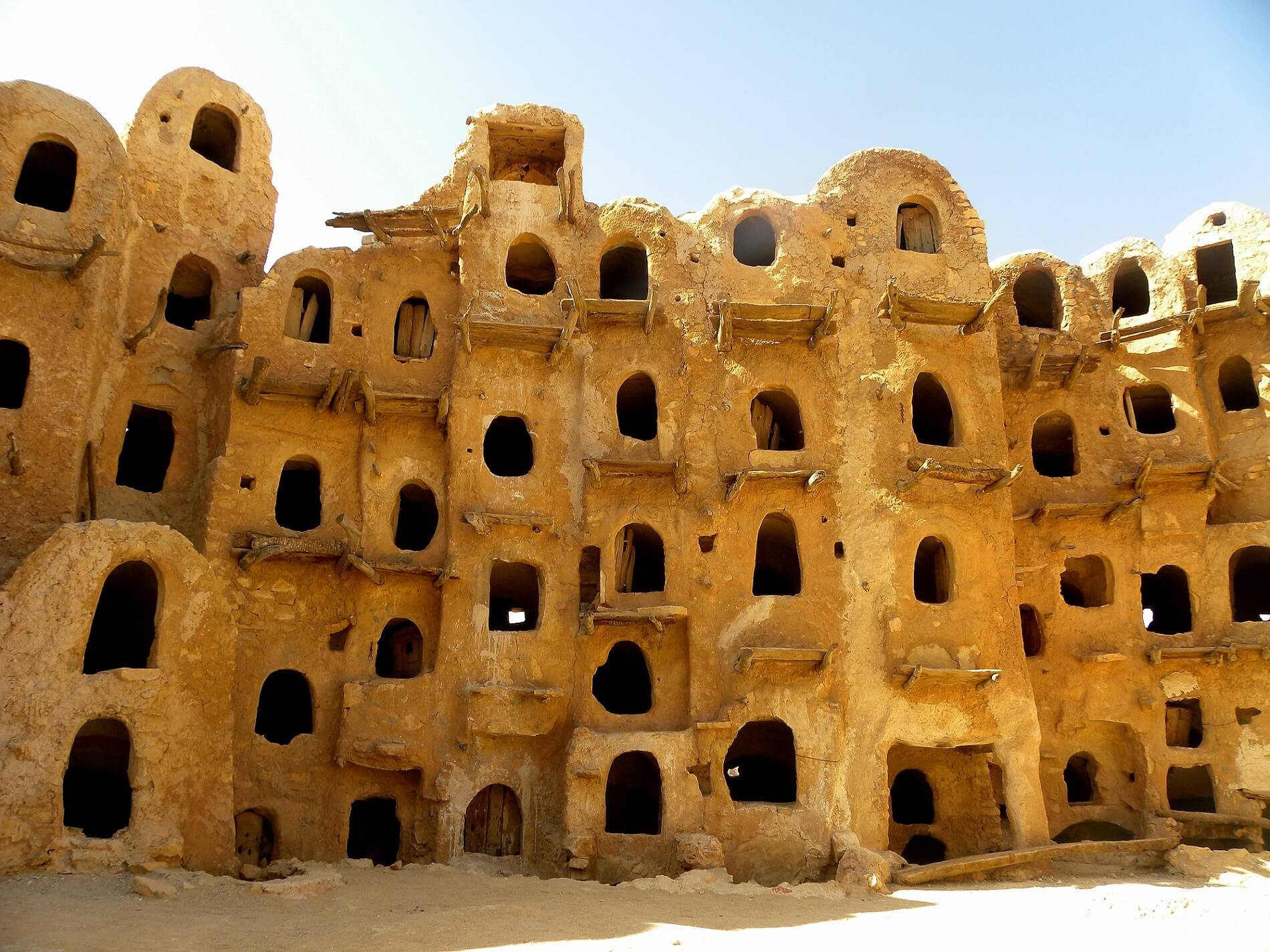There are increasing signs of division and tension amongst Government of National Accord (GNA) aligned forces. Reports indicated gunfire between the Abu Zuriba Zawiyya militia and Fursan Janzour Battalion, supported by the National Mobilise Force on 16 May. The incident resulted in the closure of the coastal road to Janzour. Likewise, local sources reported an ongoing dispute between an Amazigh and Zawiyya militia in the same area. Tensions extend to central Tripoli, with reports of a dispute between Misratan militias and the Tripoli Revolutionaries Brigade (TRB) over access to military equipment delivered to Tripoli on 18 May.The majority of GNA-aligned militias are not loyal to the GNA but rather are opposed to Haftar and the Libyan National Army (LNA) and want to defend their territory. This opposition has seen the formation of a loose “anti-LNA coalition.” The majority of these groups have never worked together in the past and have had little time to facilitate coordination amongst themselves. The defence of Tripoli is likely coordinated among leaders in the Tripoli Protection Forces (TPF), Zintani commander of the GNA Western Region Usama al-Juwaili, GNA Central Region commander Mohamed al-Haddad, and Minister of Interior and Defence Fathi Bashagha via informal commander-level discussions. Misratan dominance of the GNA/anti-LNA coalition is also a cause of internal friction. Sources report Misratan powerbrokers have effectively taken over the GNA and have reportedly received funding amounting to one billion Libyan dinars. Sources report that as much as 20 per cent of the available Misratan militias (Misrata has over 200 militias with some 18,000 men at their disposal) have deployed to support anti-Haftar forces in Tripoli. The more protracted the conflict becomes, the more the underlying and long-standing differences, divisions, and points of contention will re-emerge – potentially seeing it splinter, fracture and break down. Fragmentation of the anti-LNA coalition is likely to happen even if it manages to defeat the LNA – once that shared enemy is gone, infighting will resume and new alliances and power structures will be fought over. In Tripoli, any significant change on the ground over the next week remains unlikely. The LNA may push to retake Aziziyya to help facilitate its push into central Tripoli while the GNA-aligned forces are likely to attempt to retake Espiaa and TIA through its “western flank.” With the GNA and LNA locked in a military stalemate south of Tripoli, and the international community divided, conflict is likely to remain protracted for the foreseeable future.

